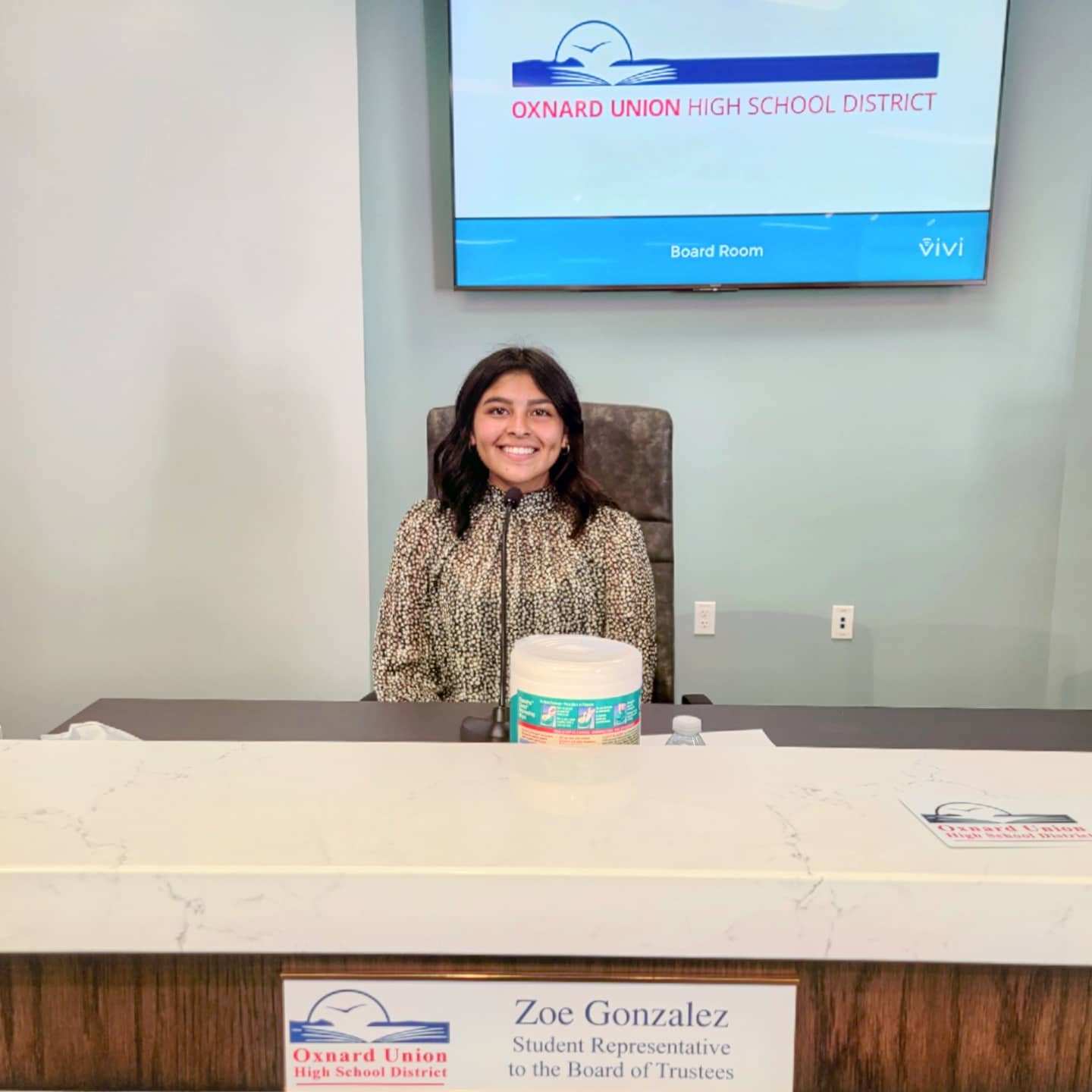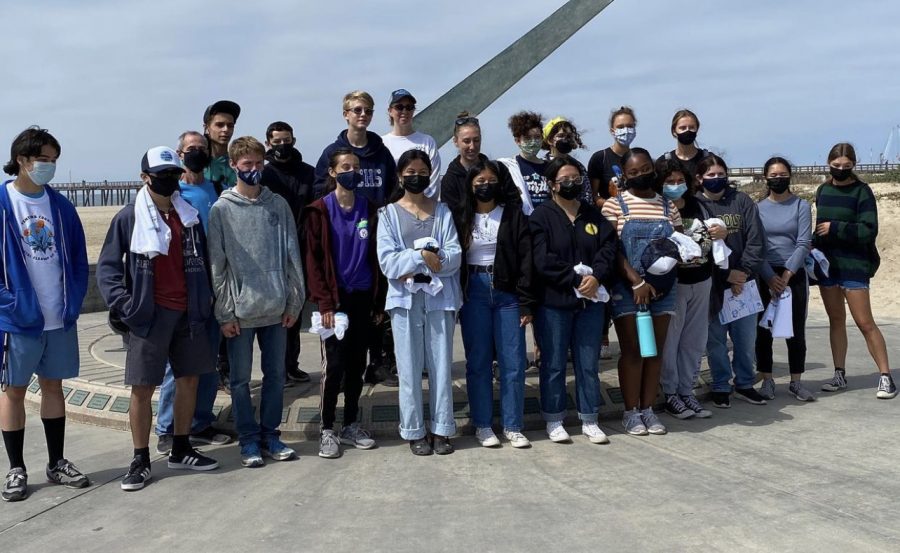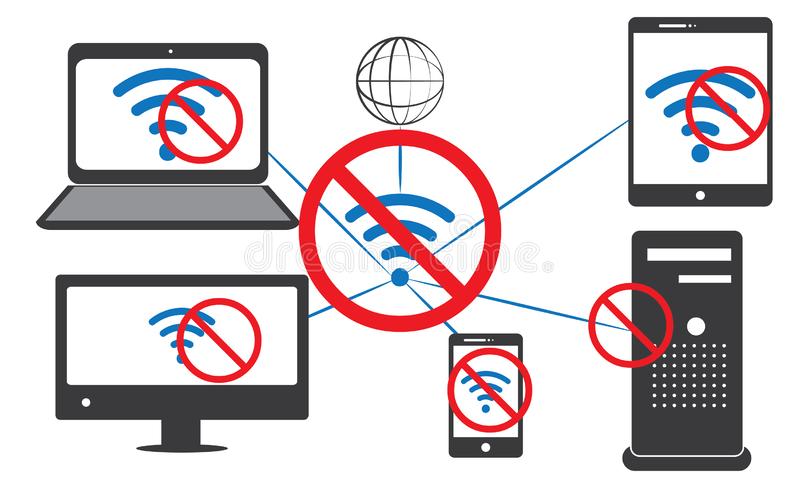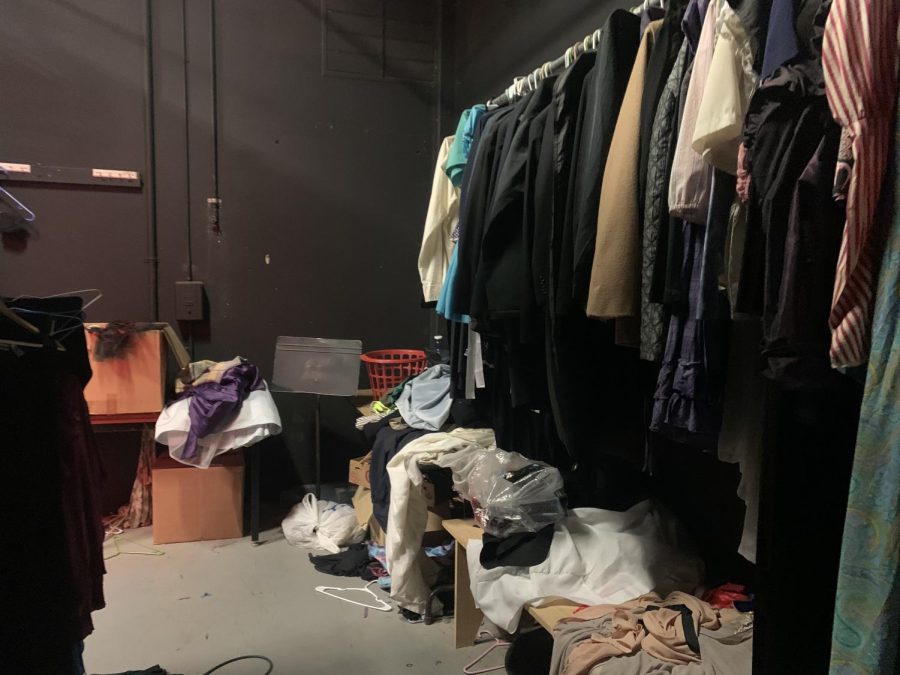Vaping: a Wide-Spread Epidemic at Cam High
Pictured is one of the ten vape pens that Deputy Legge has confiscated from students since the start of the school year.
Since vape pens first became available on a global scale in 2004, Cam High has experienced an increase in the amount of students who partake in vaping both during and after school.
“I think vaping is a major problem at our school,” said Aleks Ensign, sophomore, “the bathrooms are always filled with people using vape products.” Dr. Kim Stephenson, Cam High’s principal, has received many complaints about the excessive use of vape products during the school day. In response, Stephenson said that the school’s staff are monitoring bathrooms more closely this year, in order to minimize the use of vape products in school.
“Students are addicted before they get to high school because it’s seen in freshmen and sophomores, mostly,” said Stephenson. However, vaping can be seen in the upper-grade levels as well. Through a phone interview with The Stinger, Gaberille Teran, a district director at the Ventura County of Education (VCOE), said, “In 2016, about 33% of juniors were actively vaping.” He also said that most students are vaping due to easy access to the products and peer pressure.
Students are often unaware of the negative effects of vaping since there have been few scientific studies or warnings in the past years. According to Teran, the nicotine involved in vaping can cause a teenager’s risk of lung cancer to rise. Metal poisoning is also a common issue. “The high heat put on the coil causes metals to be vaporized and enter the body, which causes heavy metal poisoning over time,” said Teran.
Students at Cam High have come forward and offered to tell their respective stories about vaping. The students who agreed to share their stories did so with the intent to deter other teenagers from vaping. In order to preserve the privacy of these students, The Stinger will not publish their names.
The first student began to vape primarily due to the strain they felt over family issues as well as mental health problems. They said they never intended to become addicted to vaping. “When I got my own Suorin, it turned into a full-blown nicotine [addiction],” they said. This student has had a difficult time quitting vaping because they lack a support system.
Another student was pressured into vaping. “I was peer pressured by friends and siblings,” they said, “[I] also [started vaping] because I was called names and did not have many friends at the beginning of high school.” The student eventually overcame their addiction to vaping, but it took them over two months. They hope that high school students will come to the realization that vaping is not a healthy decision.
According to a student, distributors normally acquire vape pens and materials through Supreme and Exotic — two of the most competitive and high-selling vape and tetrahydrocannabinol (THC) companies in America. A student who formerly sold the materials for vape pens said they did it to earn money, which they used to pay for Advanced Placement (AP) exams that are around $100 each.
The administration plans to take further actions to decrease the amount of vaping on campus. “We can’t completely get rid of vapes because of how small they are; however, we will be talking to parents and students through email. Also, we will be purchasing a device to install in the bathrooms to detect if anyone is vaping,” said Stephenson.
Since the beginning of the school year, Deputy Mike Legge, Cam High’s Resource Officer, has confiscated ten vape pens.

Hi, my name is Karen Abdelmalek and I'm a junior at Cam High. I joined The Stinger this year to express my ideas and get to know my school more. I enjoy...

















































































![Senior Ditch Day... Relaxation or Truancy? [Video]](https://achsstinger.com/wp-content/uploads/2017/10/IMG_7119-900x599.jpg)
![Heavy Rain Hits Cam High [video]](https://achsstinger.com/wp-content/uploads/2017/02/maxresdefault-900x506.jpg)




Mirette M • Nov 8, 2018 at 6:02 pm
Well said! Very important topic & article is addressing a real problem from within our schools. Thank you to the writer for tackling this topic and for the student interviews. It is great the writer got kids to open up like this! Great job!
Donny Robbins • Nov 4, 2018 at 3:48 pm
The school really should do more to stop this problem. Every single day people are vaping in the middle of the bathroom every passing period. It would be really easy to catch a group there, and I don’t know the reason little action is being made.
Fr jeremiah said • Nov 2, 2018 at 11:17 am
Very nice article
I believe one of the main reasons for this addiction ,and other addictions , is that we don’t understand freedom. Freedom is to be free from sin . Jesus is our freedom .
Natalie Mishreky • Oct 31, 2018 at 2:52 pm
Great article, there needs to be more peer-led information like this article. Maybe science fair projects or peer-led initiatives to quit vaping.
Francis Siu • Oct 31, 2018 at 2:07 pm
Nice job, Karen! This was very well written and also super informative.
Basel Eskandar • Oct 31, 2018 at 2:04 pm
Very interesting well written article. Well done!
Sameh Mishreky • Oct 31, 2018 at 1:36 pm
Great article, well structured, informative and very useful. I can see a promising thinker and writer behind this article
markos hanna • Oct 31, 2018 at 12:44 pm
The article is informative yet it has a lot of warning for one’s health.
Second, our bodies are the temple of the Lord and The Holy Spirit dwells in it, so each and everyone can make the Holy Spirit Happy so He can bestow His fruits in us as mentioned in Galatians 5:22
Third and most important, we all will stand before the Lord’s seat to be judged on The Last Day and give an account for every action and word we did, which will decide our eternal destiny.
Bonni Booth • Oct 31, 2018 at 12:36 pm
Informative, well written and researched.
Omowale Akinola • Oct 31, 2018 at 10:54 am
Honestly, any form of addiction is bad,be it smoking, drinking. …etc, Parents have the utmost responsibility to set good examples for their children and guide them in order to resist peer pressure .
Marciana Pinuelas • Oct 31, 2018 at 10:08 am
Very informative and educational article on the topic of vaping, the word needs to get out, well written article!
Maricela Quiroz • Oct 31, 2018 at 9:11 am
I believe that the pin is worse for you than cigarettes because of all the chemicals
Valorie Hughes • Oct 31, 2018 at 8:47 am
I’m glad that the school is taking the steps necessary to get control of this situation. These students want to be part of the in crowd, they don’t seem to realize they are putting there health at risk.
Samah Meshreky • Oct 31, 2018 at 8:43 am
The article is interesting and informative to youth about the danger of vaping. The article is well written.
Mark G • Oct 31, 2018 at 8:12 am
Very informative and well articulated